-
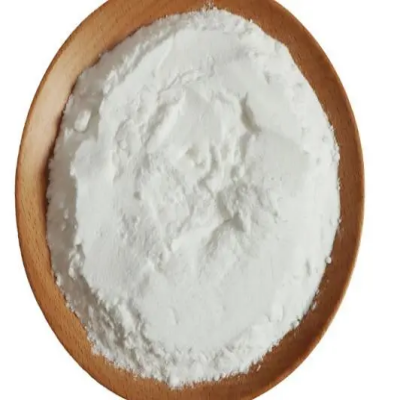
Sodium Molybdate CAS:7631-95-0
Sodium molybdate is a chemical compound containing sodium and molybdenum, recognized for its diverse applications in industrial processes, agriculture, and as a source of molybdenum. Widely used as a corrosion inhibitor, fertilizer additive, and catalyst precursor, sodium molybdate plays a vital role in various sectors.
-

Potassium Iodide CAS:7681-11-0
Potassium iodide is a chemical compound comprising potassium and iodine, recognized for its applications in medicine, radiation emergencies, and as a source of iodine. Widely utilized in the pharmaceutical industry and emergency preparedness, potassium iodide plays a crucial role in addressing iodine deficiencies and protecting the thyroid gland from radiation exposure.
-

Potassium Citrate CAS:866-84-2
Potassium citrate is a potassium salt of citric acid, recognized for its role as an alkalizing agent and potassium supplement. Widely utilized in the pharmaceutical and food industries, potassium citrate plays a critical role in addressing conditions related to urinary health and electrolyte balance.
-

Sodium Benzoate CAS:532-32-1
Sodium benzoate is a widely used food preservative known for its ability to inhibit the growth of bacteria, mold, and yeast in various food and beverage products. It is commonly employed to extend the shelf life of acidic foods and beverages due to its effectiveness in preventing spoilage.
-
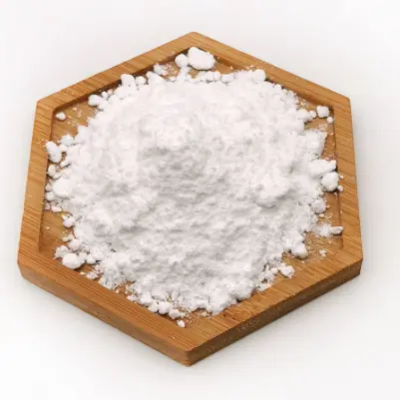
Potassium Sorbate CAS:590-00-1
Potassium sorbate is a widely used food preservative, known for its ability to inhibit the growth of molds and yeasts in various food products. It is a salt of sorbic acid and is utilized to extend the shelf life of numerous perishable goods.
-
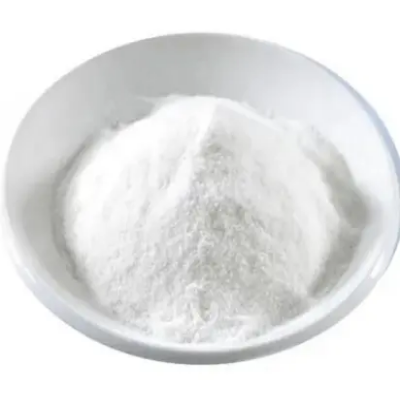
Xanthan Gum CAS:11138-66-2
Xanthan gum is a natural polysaccharide produced through the fermentation of carbohydrates by the bacterium Xanthomonas campestris. Recognized for its unique rheological properties, xanthan gum functions as a versatile thickening and stabilizing agent in various industries, including food, pharmaceuticals, and personal care.
-
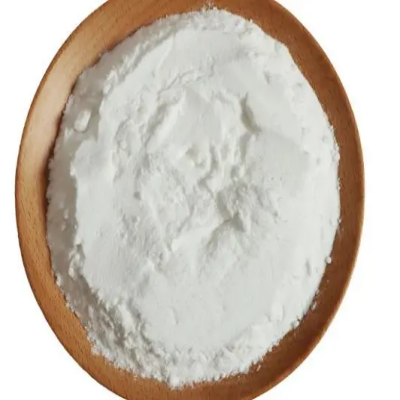
Silicon Dioxide CAS:7631-86-9
Potassium sorbate is a widely used food preservative, known for its ability to inhibit the growth of molds and yeasts in various food products. It is a salt of sorbic acid and is utilized to extend the shelf life of numerous perishable goods.
-

Sodium Cirtrate CAS:68-04-2
Sodium citrate is a sodium salt of citric acid, recognized for its multifunctional properties in various industries. Widely used as an acidity regulator, emulsifier, and preservative, sodium citrate plays a crucial role in food and beverage production, pharmaceutical formulations, and other industrial applications.
-

Sucralose CAS:56038-13-2
Sucralose is an artificial sweetener derived from sucrose, recognized for its intensely sweet taste and low-calorie content. Widely used as a sugar substitute, sucralose is approximately 600 times sweeter than sugar and is a popular ingredient in various food, beverage, and dietary products.
-
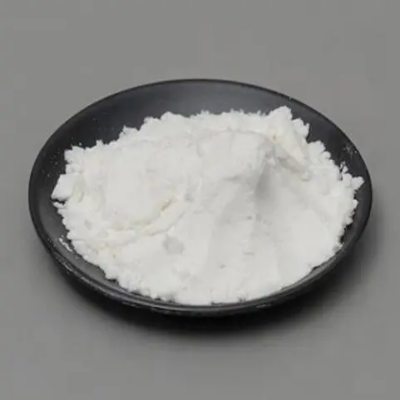
Pectin CAS:9000-69-5
Pectin is a natural polysaccharide found in various fruits, functioning as a gelling agent and stabilizer. Widely used in the food industry for its thickening properties, pectin plays a crucial role in the production of jams, jellies, and other confectionery products. Additionally, it has applications in pharmaceuticals and as a dietary fiber supplement.a
-

N-Methylindole CAS:603-76-9
N-Methylindole, also known as 1-methylindole, is a chemical compound with the molecular formula C9H9N. It is a derivative of indole and exhibits unique properties that make it valuable in various industrial applications and scientific research. N-Methylindole is used as a building block in organic synthesis and has been studied for its potential biological activities and reactivity in chemical processes.
-
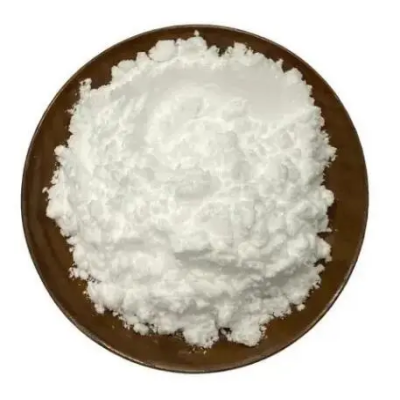
Oxindole CAS:59-48-3
Oxindole is a heterocyclic compound with the molecular formula C8H7NO. It is characterized by its bicyclic structure, containing both an indole and a ketone functional group. Oxindole is widely studied for its diverse pharmacological activities and is utilized as a building block in organic synthesis for the preparation of pharmaceutical compounds, natural products, and other functional materials.

